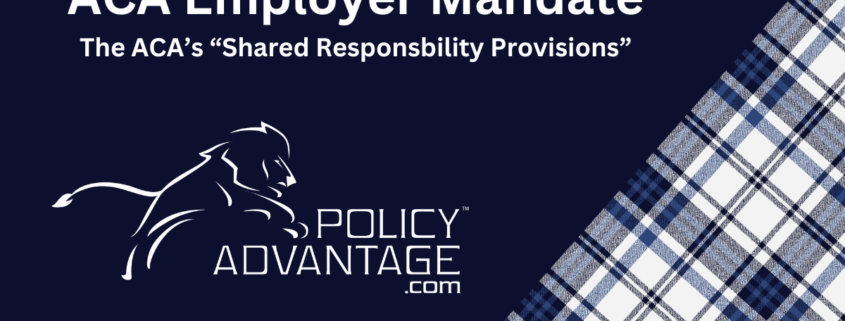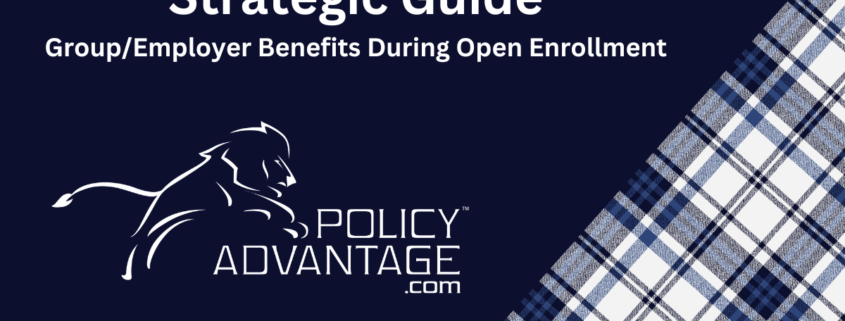Understanding Digital Assets: What They Are, Why They’re Unique, and the Technology Powering Their Insurance
In today’s increasingly digital world, assets are no longer confined to physical spaces or traditional forms. From cryptocurrencies to intellectual property stored in cloud systems, digital assets have become integral to individuals and businesses alike. But what exactly are digital assets, why are they challenging to insure, and how is technology stepping up to meet these challenges? Let’s dive in.
What Are Digital Assets?
Digital assets are any intangible assets that exist in digital form and hold value. These include, but are not limited to:
- Cryptocurrencies: Bitcoin, Ethereum, and other blockchain-based currencies.
- Non-Fungible Tokens (NFTs): Unique digital items like art, collectibles, and music.
- Intellectual Property: Patents, trademarks, and copyrights stored digitally.
- Data: Sensitive customer information, trade secrets, or databases.
- Digital Media: Photos, videos, or other digital files with monetary or sentimental value.
- Domain Names: URLs and online identities essential to brand presence.
The value of digital assets often depends on their scarcity, utility, and uniqueness, and they play a pivotal role in modern business operations and personal portfolios.
Why Are Digital Assets Unique and Challenging to Insure?
Digital assets differ from traditional ones in several ways, making them particularly challenging to underwrite and insure:
- Intangible Nature: Unlike physical assets like real estate or vehicles, digital assets have no tangible presence. This makes it harder to assess their value and risk accurately.
- Volatility: Cryptocurrencies, for example, are notorious for their price fluctuations. The value of Bitcoin or an NFT could skyrocket or plummet within hours, complicating risk calculations.
- Cybersecurity Risks: Digital assets are highly susceptible to theft, hacking, and fraud. A stolen cryptocurrency wallet or compromised intellectual property can result in significant financial loss.
- Regulatory Uncertainty: Laws governing digital assets vary widely across jurisdictions. For example, cryptocurrency regulations are evolving, creating an ever-shifting compliance landscape.
- Data Loss and Recovery Challenges: Unlike a stolen car or damaged property, lost or corrupted digital assets may not be recoverable if backups or access keys are unavailable.
- Ownership Complexity: Digital assets often involve decentralized systems, shared ownership, or smart contracts. Determining who is responsible for an asset (or its loss) can be a legal quagmire.
How Technology is Helping Insure Digital Assets
Despite these challenges, innovative technologies are emerging to facilitate the underwriting and insurance of digital assets:
- Blockchain Technology: Blockchain’s transparency, immutability, and traceability provide a reliable record of ownership and transactions. Insurers are using blockchain to verify claims, reduce fraud, and automate payouts through smart contracts.
- Artificial Intelligence (AI): AI helps insurers analyze vast amounts of data to assess risks and predict potential losses. For instance, machine learning models can evaluate the likelihood of cyberattacks based on historical data.
- Cyber Risk Analytics: Specialized tools assess vulnerabilities in digital ecosystems, enabling insurers to offer tailored cyber insurance products. They provide insights into potential threats and the financial impact of breaches.
- Digital Asset Custodianship Services: Companies like Coinbase and BitGo offer secure storage solutions for digital assets. These services reduce the risk of theft and loss, making it easier for insurers to underwrite policies.
- Dynamic Valuation Tools: New valuation platforms track real-time data to appraise the worth of digital assets like cryptocurrencies and NFTs. This helps insurers set accurate premiums and offer better coverage options.
- Decentralized Insurance Platforms: Peer-to-peer insurance models like Nexus Mutual leverage blockchain technology to pool risk among users. These platforms provide coverage for smart contracts and other blockchain-related risks.
The Future of Digital Asset Insurance
As digital assets continue to grow in popularity, the insurance industry is racing to keep up. Partnerships between technology firms and insurers are likely to expand, bringing more robust solutions to market. Meanwhile, advancements in AI, blockchain, and cybersecurity will further refine how risks are assessed and mitigated.
For businesses and individuals holding digital assets, it’s essential to work with an insurance provider that understands this unique landscape. Policies need to be customized to address the specific challenges of digital ownership, from cybersecurity to regulatory compliance.
Conclusion
Digital assets are a cornerstone of the digital economy, but their intangibility, volatility, and susceptibility to cyber threats make them uniquely challenging to insure. However, technology is paving the way for better solutions, offering new tools and frameworks to manage the risks associated with these valuable assets.
If you or your business are investing in digital assets, it’s vital to secure adequate protection. Partnering with an insurance provider that leverages cutting-edge technology can help ensure that your digital portfolio remains safe in an unpredictable digital world.






